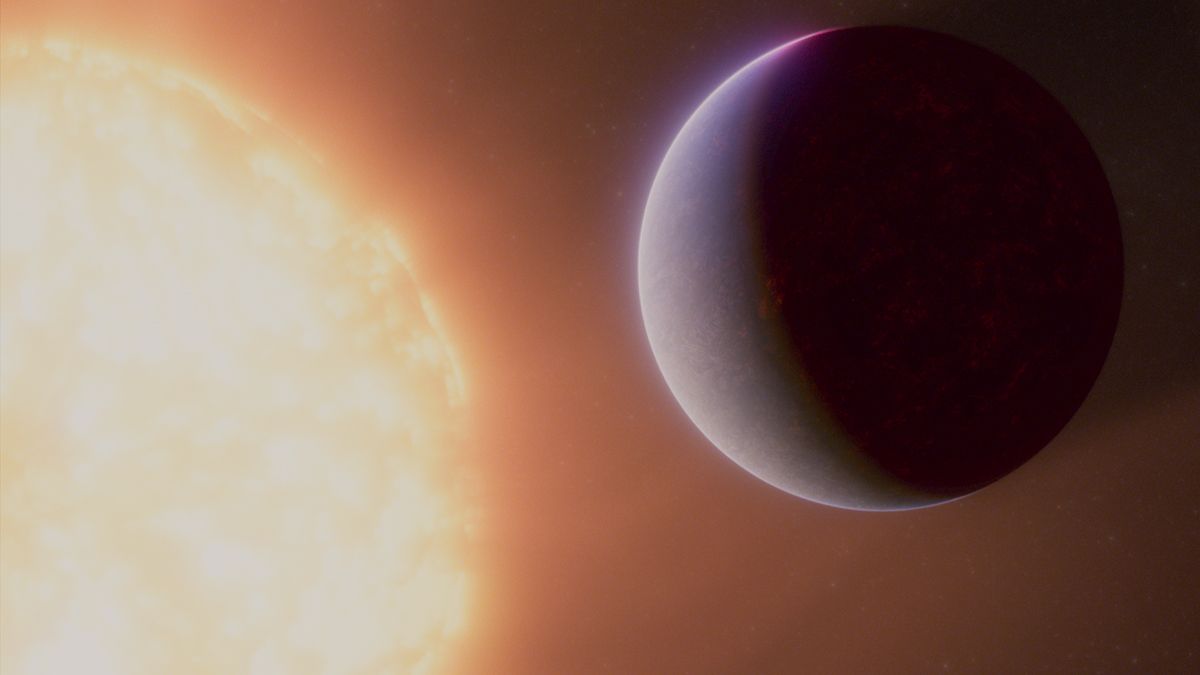Sky at Night Magazine
Sky at Night Magazine is a monthly magazine from the BBC, devoted to the science and hobby of astronomy. It's been in print for over a decade and includes tips on observing the night sky, reviews of astronomical equipment, and profiles of amateur and professional astronomers.
95%
The Daily's Verdict
This news site is known for its high journalistic standards. It strives to maintain neutrality and transparency in its reporting, and avoids conflicts of interest. It has a reputation for accuracy and rarely gets contradicted on major discrepancies in its reporting.
Bias
100%
Examples:
No current examples available.
Conflicts of Interest
85%
Examples:
- Sky at Night Magazine is owned by Immediate Media Company, a combined publishing house containing some of the UK's best-loved brands. The company's diverse portfolio could potentially influence the content and coverage of Sky at Night Magazine.
Contradictions
100%
Examples:
No current examples available.
Deceptions
100%
Examples:
No current examples available.
Recent Articles

Unraveling the Mystery of Dark Matter: New Evidence and Upcoming Discoveries
Broke On: Monday, 17 June 2024
Newly Discovered Distant Galaxy, JADES-GS-z14-0, Challenges Early Universe Formation Theories with Evidence of Star Formation 290 Million Years After the Big Bang
Broke On: Friday, 31 May 2024
New High-Resolution Images of Europa's Platypus Region Reveal Potential Targets for Future Missions
Broke On: Thursday, 29 September 2022